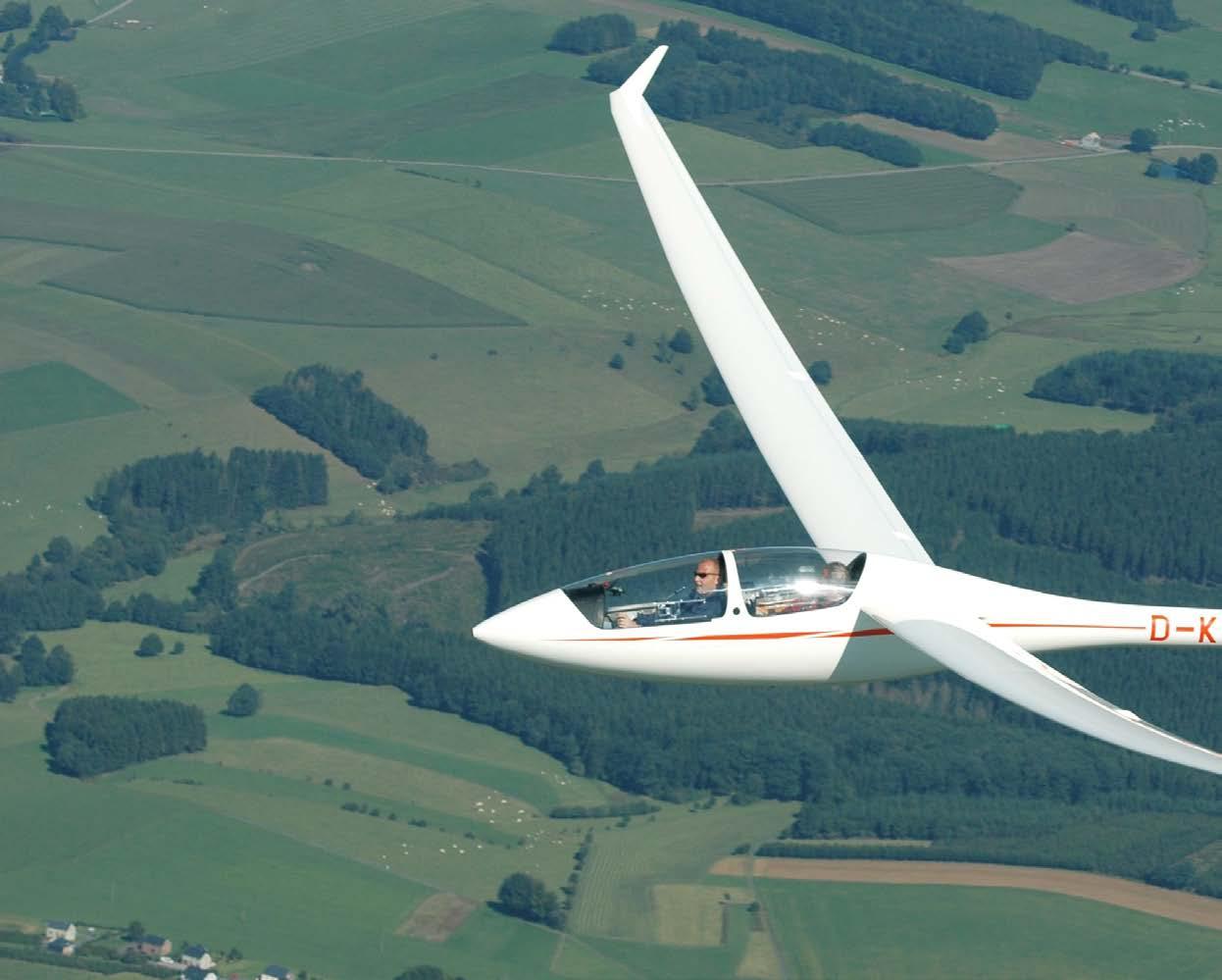
2 minute read
Risk Management
from SoaringNZ Issue 11
by mccawmedia
By Bernard Eckey
‘Human factors’ is presently the big topic amongst professional aviators. Recreational pilots are well advised to tap into the lessons learned by our big brothers. Gliding accidents still occur despite ongoing efforts to avoid complacency in our sport. Every mishap should provide us with an impetus to review our attitude to the sport and the risk that comes with it. This healthy approach serves two purposes. First and foremost it reminds us to remain vigilant and what is just as important, it helps us to avoid repeating the mistakes of others.
Advertisement
While flying gliders we are faced with two kinds of risks. The first and most obvious one is the risk of outlanding. Here the pilot’s ego might take a bit of a hammering and the placing on the competition score sheet might be adversely affected but on the whole it is: “No big deal!” After all, a properly executed outlanding poses hardly any risk to aircraft or pilot.
What we are really concerned about in this context is the level of risk to pilot and aircraft some of us might be tempted to accept just to improve our chances of success. With almost every activity we undertake we accept a certain level of risk and in this respect gliding is no different to a lot of other sports. This is a very personal thing and means that every participant needs to decide what level of risk he or she is prepared to accept. No doubt, experience, the quality of training, currency, know-how, theoretical knowledge and a host of other factors influence the level of risk and our attitude towards it, at least subconsciously.
Risk tolerance can even change depending on the circumstances we are in at the time. For example, some pilots tend to fly even more conservatively with passengers or students on board. Obviously risk acceptance can not only be rather fluid but it can also be influenced by our momentary motivation.
Let me give you an example. A few years ago I took part in a regional competition where the task involved crossing an unlandable area of scrubland. At my altitude and by my estimation it was only just safe to cross the scrubland at a low MacCready setting when I noticed another competitor at least 2000 ft below me and cruising much faster. He was clearly dependant on finding a thermal to make it across the scrubland. We both completed the task and met again for a drink at the end of the day. I enquired about his tactics and was shocked by the answer: “Well,” he said, “I outlanded on the first day and figured that I need to take more risks if I still want to make it onto the podium.”
I’m sure you get my point now. Momentary motivation can lead to a severe reduction of safety margins to a point where they no longer exist. In the end our hero never made it onto the podium and even if he did all he would have got was a handshake by the competition director for his efforts. Food for thought isn’t it?










